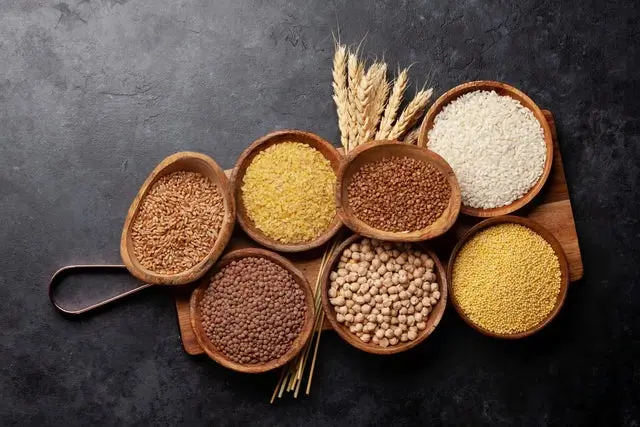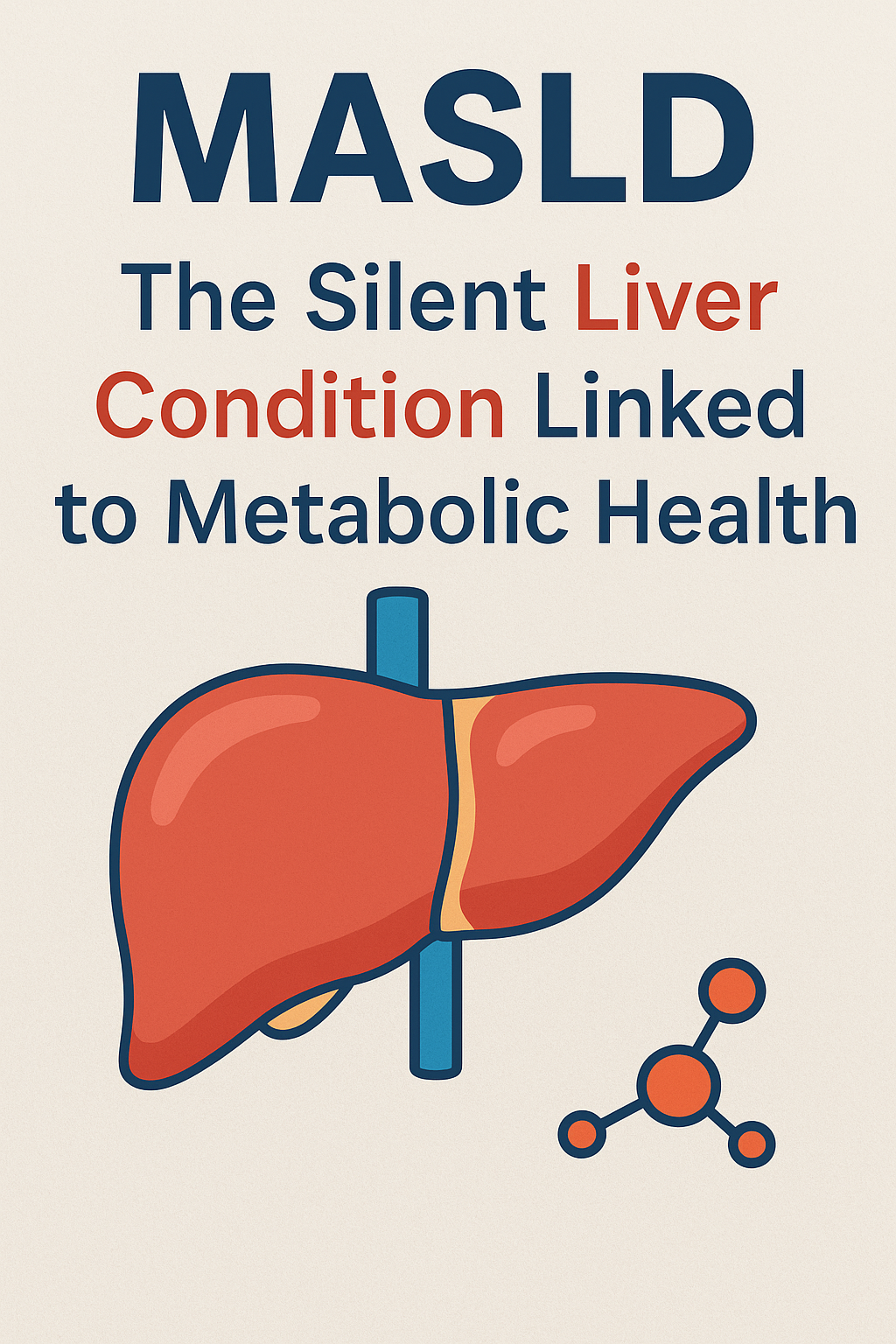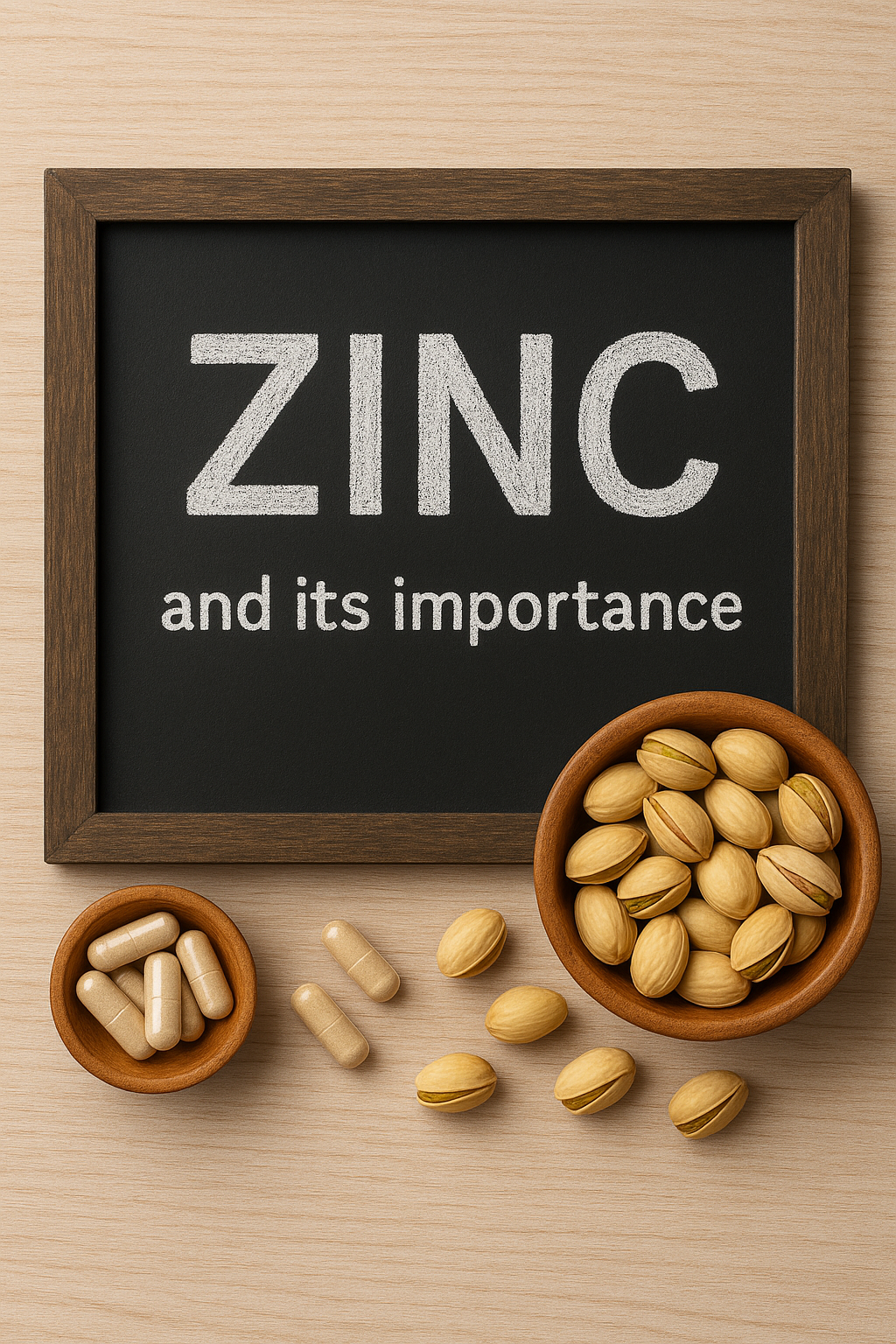In the age of fast food and refined grains, one humble ancient grain family is making a powerful comeback—millets! 🌟 These small-seeded grains are gluten-free, rich in nutrients, environmentally sustainable, and revered in both Ayurveda and modern nutrition science. 🌾 Whether you’re managing lifestyle diseases or simply striving for better health, millets truly deserve a place in your kitchen.
🧘♀️ The Ayurvedic Take on Millets
In Ayurveda, millets are considered light (laghu), dry (ruksha), and astringent (kashaya) in nature. They’re ideal for Kapha and Pitta dosha balancing, helping reduce excess mucus, inflammation, and sluggish metabolism. However, Vata individuals should consume millets in moderation and always cook with ghee or oil to balance their dryness.
Benefits in Ayurveda:
-
Supports digestion ✅
-
Helps manage weight and blood sugar 🧃
-
Reduces water retention and bloating 💧
-
Improves energy without aggravating toxins (Ama) 🔥
🔬 Modern Nutrition Science on Millets
Millets are high in:
-
Dietary fibre – improves gut health & satiety
-
Iron, magnesium, phosphorus, and zinc – essential for immunity and metabolism
-
Complex carbohydrates – provide sustained energy
- Lower cholesterol and triglyceride levels – research suggests that millets reduce hyperlipidemia and hence hypertension, and raise the levels of HDL-C (good cholesterol), which can be beneficial for managing the associated risk of developing hypertension and atherosclerotic cardiovascular diseases in future.
- Lower the risk of hypertension – It has been observed that by lowering the bad cholesterol and improving the good cholesterol, millets reduce the risk of hypertension.
-
Plant-based proteins – useful for vegetarians and vegans
- Effective in managing type-2 diabetes and prediabetes – research suggests that minimally processed millets are 30% more effective in lowering GI of a meal compared to milled rice and refined wheat and hence beneficial in managing and reducing the risk of developing diabetes.
🌾 Types of Millets & Their Superpowers
| Millet | Key Nutrients | Benefits |
|---|---|---|
| Foxtail (Kangni) | Iron, B-complex vitamins | Great for anemia and fatigue 💪 |
| Barnyard (Sanwa) | High fiber, low glycemic index | Diabetic-friendly & weight loss 🍽️ |
| Little Millet (Kutki) | Iron, calcium | Boosts bone health 🦴 |
| Finger Millet (Ragi) | Calcium, amino acids | Supports bones, lactation 🤱 |
| Kodo Millet | Antioxidants, dietary fiber | Detoxification & gut health 💩 |
| Pearl Millet (Bajra) | Magnesium, potassium | Great for heart & thyroid 💓🦋 |
🗓️ How Often to Eat Millets?
✔️ For general wellness: 2–3 times per week
✔️ For diabetes, PCOS, or weight loss: 3–5 times per week
✔️ Always rotate different types of millets to avoid nutritional monotony and enhance gut diversity.
⚠️ Tips:
-
Soak millets for 4–6 hours to reduce antinutrients
-
Cook with ghee, spices (like cumin, ginger, hing), and vegetables for enhanced digestion
-
Avoid combining with heavy proteins or dairy in one meal
💡 Special Use in Disease Conditions
-
🩺 Diabetes: Barnyard, Foxtail, and Kodo millets help regulate blood sugar spikes
-
⚖️ PCOS & Weight Gain: Millets improve insulin sensitivity and support weight loss
-
💓 Hypertension & Heart Disease: Pearl millet and Ragi reduce blood pressure and improve lipid profile
-
🤱 Lactating Mothers: Ragi boosts calcium intake and supports milk production
-
🧠 Kids & Teens: Little millet is rich in B vitamins for brain development
🥣 Easy Ways to Add Millets to Your Diet
-
Millet khichdi with vegetables 🥦
-
Ragi dosa or roti 🫓
-
Foxtail millet pulao 🍛
-
Millet porridge with dates & nuts 🥣
-
Baked millet cutlets or tikkis 🍢
✨ Final Thoughts
Millets are not just a trend—they’re a return to roots. Inexpensive, packed with nutrition, and versatile, they serve as a bridge between ancient wisdom and modern dietary science. 🌿 Whether you’re a busy parent, someone managing a health condition, or just exploring better choices—bring millets into your kitchen and nourish your life.
📚 References:
- Anitha S, Botha R, Kane-Potaka J, Givens DI, Rajendran A, Tsusaka TW, Bhandari RK. Can Millet Consumption Help Manage Hyperlipidemia and Obesity?: A Systematic Review and Meta-Analysis. Front Nutr. 2021 Aug 17;8:700778. doi: 10.3389/fnut.2021.700778. PMID: 34485362; PMCID: PMC8416111.
- Anitha S, Kane-Potaka J, Tsusaka TW, Botha R, Rajendran A, Givens DI, Parasannanavar DJ, Subramaniam K, Prasad KDV, Vetriventhan M, Bhandari RK. A Systematic Review and Meta-Analysis of the Potential of Millets for Managing and Reducing the Risk of Developing Diabetes Mellitus. Front Nutr. 2021 Jul 28;8:687428. doi: 10.3389/fnut.2021.687428. PMID: 34395493; PMCID: PMC8355360.

Akanksha Sharma
Dr. Akanksha Sharma, Head Writer and creator of AtoZ of Pregnancy, is dedicated to empowering women, parents, and families through 360-degree knowledge. She and her team provide evidence-based advice to guide families through pregnancy, parenting and beyond.






